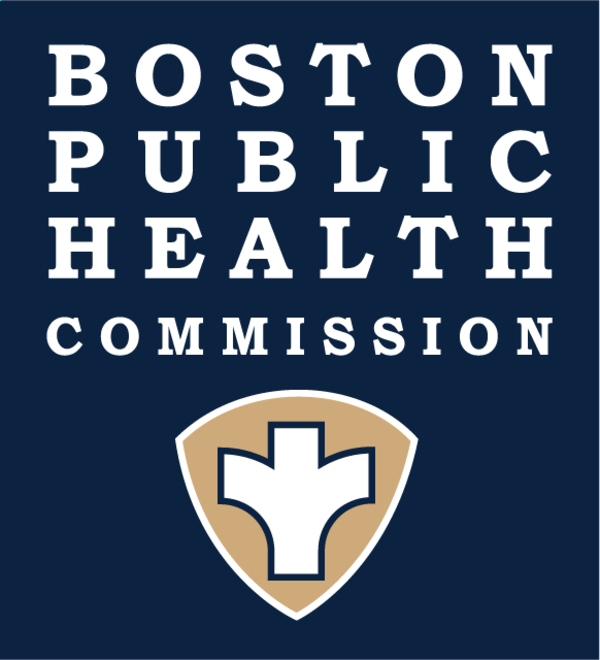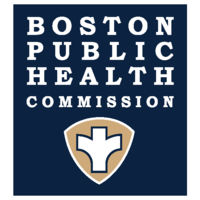Meningococcal Disease
This fact sheet answers frequently asked questions about Meningococcal Disease (Neisseria meningitidis).
Meningococcal disease is an illness caused by Neisseria meningitidis bacteria. It is also known as meningococcus.
The basics
What causes meningococcal disease?
About 1 out of 10 people have Neisseria meningitidis bacteria in the back of their nose and throat. People carry these bacteria for a short period of time with no signs or symptoms of disease. In rare cases, this bacterium can get into the blood or the lining of the brain and spinal cord and cause more serious illness.
Who can get meningococcal disease?
Anyone can get it. However, there are certain people who are at increased risk for meningococcal disease such as:
- infants, adolescents and young adults
- large groups of people that gather/live together such as on college campuses
- people with certain medical conditions such as not having a spleen or having a complement component deficiency
- Travelers to areas with high incidence rates of meningitis
How is the bacterium transmitted?
Meningococcal disease spreads from person to person. The bacteria spread by exchanging respiratory and throat secretions during close contact. The bacteria are not spread by casual contact or by simply being in the same room of a person with meningococcal disease.
| An infected person can spread bacterium by | An infected person CANNOT spread bacterium by |
|---|---|
| An infected person can spread bacterium by |
Kissing
Sharing Water Bottles Sharing eating/drinking utensils |
| An infected person CANNOT spread bacterium by | Breathing |
| An infected person can spread bacterium by |
Sharing cigarettes |
| An infected person CANNOT spread bacterium by | Talking |
Symptoms
What are the symptoms of meningococcal disease?
Meningococcal infection can cause meningitis. Symptoms include fever, headache, and stiff neck. There are often additional symptoms, such as:
- Nausea
- Vomiting
- Rash (petechial)
- Photophobia (increased sensitivity to light)
- Altered mental status (confusion)
The symptoms of meningococcal meningitis can appear quickly or over several hours or days. Typically they develop within 3-7 days after exposure, but can occur as long as 10 days after exposure.
Newborns and infants may not have fever, headache, and neck stiffness. The infant may appear to be slow or inactive, irritable, vomiting or feeding poorly. If your infant appears ill, you should contact the child's health care provider.
How do I find out if I have meningococcal disease?
If you suspect meningococcal disease, talk to your health care provider immediately. Your health care provider will determine if you need a test for meningococcal disease. They collect samples of blood or cerebrospinal fluid and send it to a laboratory for testing. Early diagnosis and treatment are very important.
Prevention
Can I prevent meningococcal disease?
Yes. There are vaccines that help protect against the most common Neisseria meningitidis bacteria. Check with your health care provider to see if you need the vaccine. Learn more about the vaccine here.
Treatment
Can you treat meningococcal disease?
You can treat meningococcal disease with antibiotics. It is important that treatment start as soon as possible. Antibiotic treatment reduces the chance of severe outcomes. Even with treatment, about 15 of every 100 people who recover from meningococcal meningitis will have long-term problems. Problems include loss of an arm or leg, deafness and nervous system problems.




